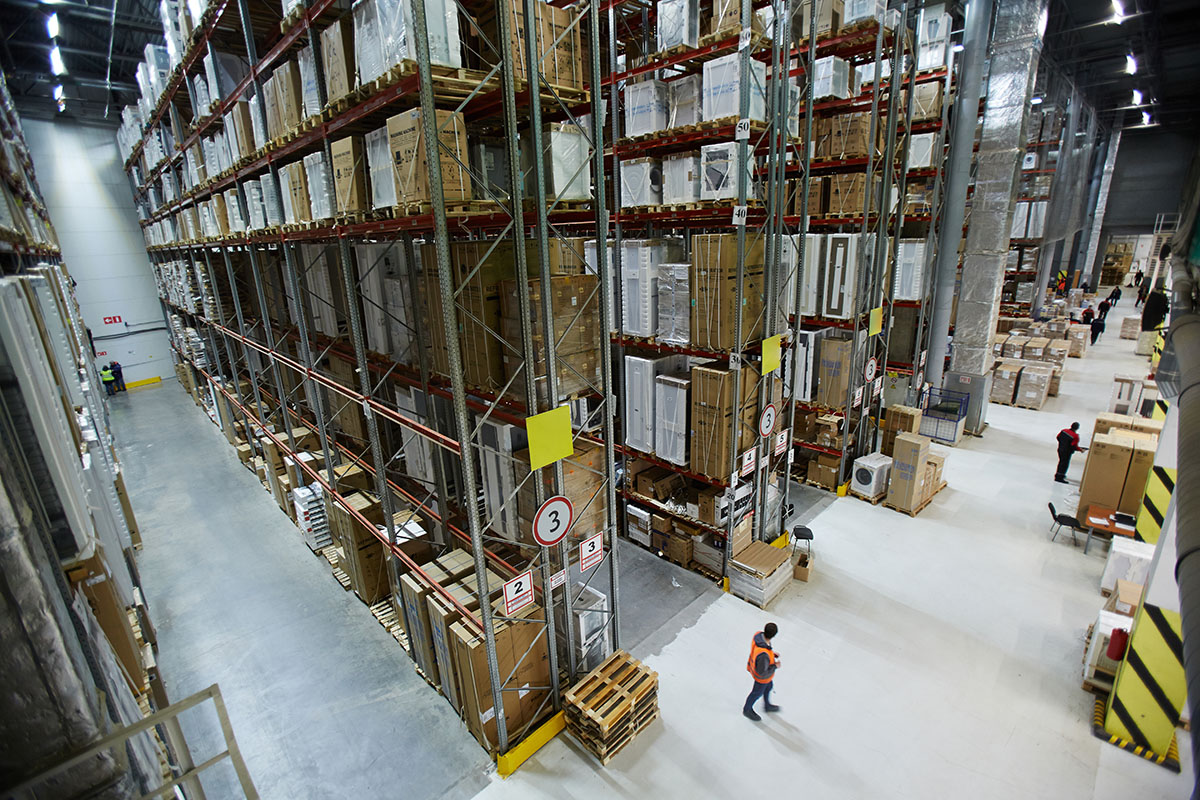Employee turnover is a given in any business. But a high employee turnover rate in your distribution center (DC) can signal trouble. Why? Because employees who are satisfied with their jobs generally don’t give them up.
TZA is currently seeing that a significant number of companies are in the 20-40% turnover range, a number that’s quite concerning when you dive into the details. If you have 200 people and an annual turnover rate of 40%, you’re turning over 80 employees a year, or roughly seven people a month.
That number itself is alarming, but when you consider the repercussions, things get even scarier.
- Being short-handed drives more overtime.
- More overtime leads to employee burnout.
- Employee burnout leads to more turnover.
It’s a vicious cycle that’s hard to escape. Our advice? If you’re experiencing over 10% turnover, you need to begin looking to solve that problem seriously.
How Do I Begin Addressing Turnover in My DC?
The first step to solving your turnover problem is identifying what is causing the problem. In TZA’s experience, turnover is driven by three main issues:
#1 Non-competitive wages:
According to the Bureau of Labor Statistics, the average earnings of production and nonsupervisory employees working in the warehouse and storage sector ranged from $17.80 in September 2020 to $18.31 in December 2020. With wages in this range, it doesn’t take a large increase to drive an employee to hop to a new position. The ability to earn 25 to 50 cents more an hour can make a big difference.
#2 Overtime
Employees will only put up with so much overtime before you start seeing them walk out the door. Many operations are running excess overtime because they’re struggling to hire, and they can’t get their productivity levels where they need to be. If you require an employee to work more than 10% overtime a week, it will only be a matter of time before that person considers leaving your organization.
#3 Management Communication:
According to ARC Research, “The best-run warehouses all subject managers to 360-degree reviews, train managers in how to give effective feedback, and provide employees with feedback frequently and fairly.” In operations that don’t engage in these practices, we often hear, “I don’t like my manager.” Or, “My manager never communicates with me.” The result can, again, drive high levels of turnover.
Once I Identify What’s Causing My Employee Retention Issues, What Can I Do?
Once you determine the root cause of turnover, you can begin taking action to address those issues.
- When it comes to establishing competitive wages, consider implementing an employee incentive program that enables your associates to earn more while reducing your overall cost per unit.
- If you’re struggling with too much overtime, focus on improving labor planning practices to ensure that you have the right number of resources in the right place at the right time.
- If you need to increase manager/employee engagement to build the right culture, start identifying the people who are doing really well and acknowledging them and identifying the people who aren’t doing so well and coaching them. You might also begin incorporating gamification and production boards into your operations.
But to do any or all of these things, you need a Labor Management System System (LMS). To better understand what’s causing your retention issues and how LMSs can help you tackle them, check out our new Q&A – 2021: The Year of The Labor Management System System.


